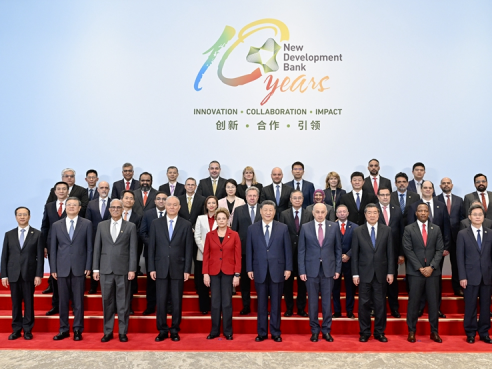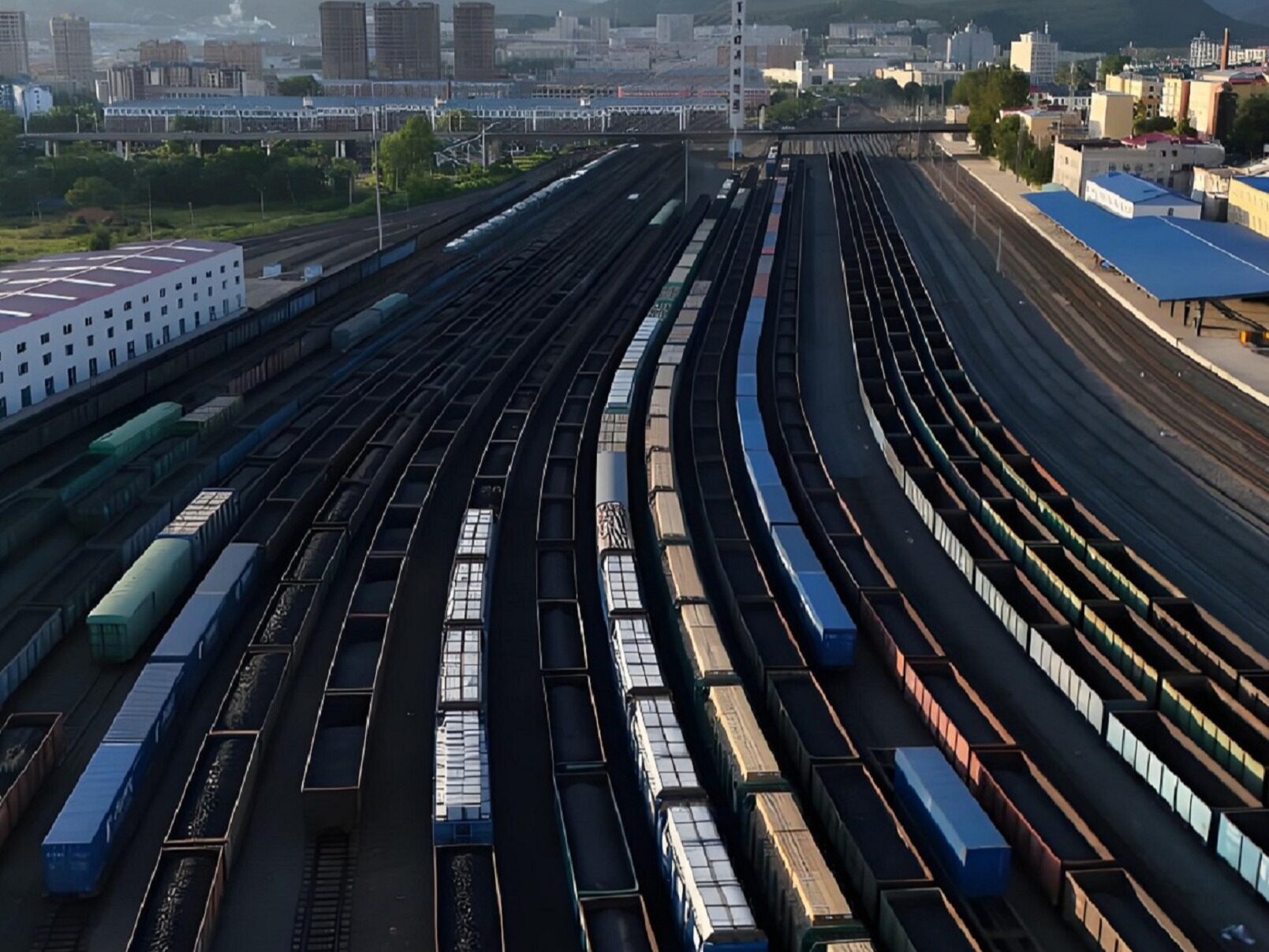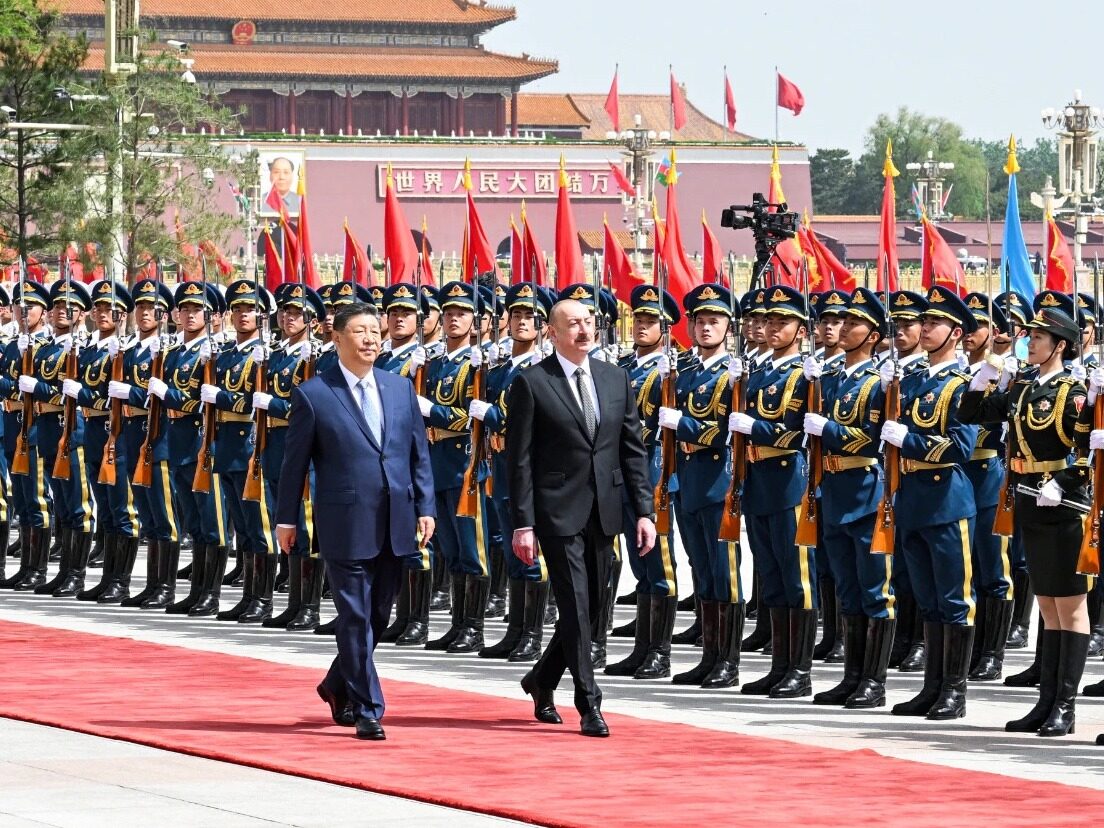- Wood Mackenzie said that it is expected to add more than 400GW of new capacity from 2021 to the end of this decade.

According to Wood Mackenzie's latest analysis, it is estimated that by 2030, China's cumulative wind power installed capacity will be close to 700GW.
Wood Mackenzie's "China Wind Power Outlook 2021-2030" predicts that by the end of the decade, China's cumulative grid-connected wind power installed capacity will reach 689GW, accounting for 67% of the global share. Li Xiaoyang, chief analyst at Wood Mackenzie, said: “Spurred by China’s 1200 GW wind and solar target set by 2030, 408 GW of new capacity will be added from 2021 to 2030. During the outlook period, onshore wind power will account for the total 82%, with an average annual production capacity of 33GW."
Due to favorable wind conditions and policies, the northern region continues to dominate the onshore wind power market. Market analysts found that newly developed renewable energy bases in Inner Mongolia, Hebei and Shanxi provinces are driving high growth, and state-owned developers directly sign gigawatt-level development contracts with local governments.
In addition to new projects, a large number of aging turbines using traditional technology installed in the past few decades provide a good opportunity for re-power activities. Relevant policies need to be formulated to address the feasibility and profitability of China's power-up again, so as to release the market potential of power-up again. It is expected that the production capacity will reach 24GW by 2030.
Following China’s 2060 target announced in September 2020, a series of policies have been introduced to support the continued growth of the wind power market. These include the 2030 renewable energy capacity target, the annual renewable energy portfolio standard (RPS) target, and the benchmark feed-in tariff to stabilize the profitability of onshore wind power projects after the end of the subsidy in 2020.
There are enough onshore wind power projects in preparation to support China's 10-year outlook. From the second half of 2020 to the second half of 2021, the number of renewable energy bases more than tripled, from 25 to 78, with a total capacity of 260GW planned and constructed in 14 provinces. Wood Mackenzie said that the established onshore wind power supply chain and larger-scale wind turbine models will reduce the levelized power cost of onshore wind power by 46% from 2021 to 2030, and will be lower than that of coal power in 2022. Feed-in tariff.
Keywords: new energy, wind power installed capacity
Wind power is not the only winner under the national goal; in the post-subsidy era, it is also challenged by low-cost solar energy. Compared with wind power projects, the low initial investment of solar projects helps lower market entry barriers and more diversified market participants, while wind power projects are favored by state-owned developers. Hybrid projects are also becoming mainstream. Wood Mackenzie emphasized that the government encourages the development of wind-light-storage-water-heat integration projects to reduce the pressure on the grid and support a large number of renewable energy online.Editor/Baohongying
Comment
 Praise
Praise
 Collect
Collect
 Comment
Comment
 Search
Search














Write something~